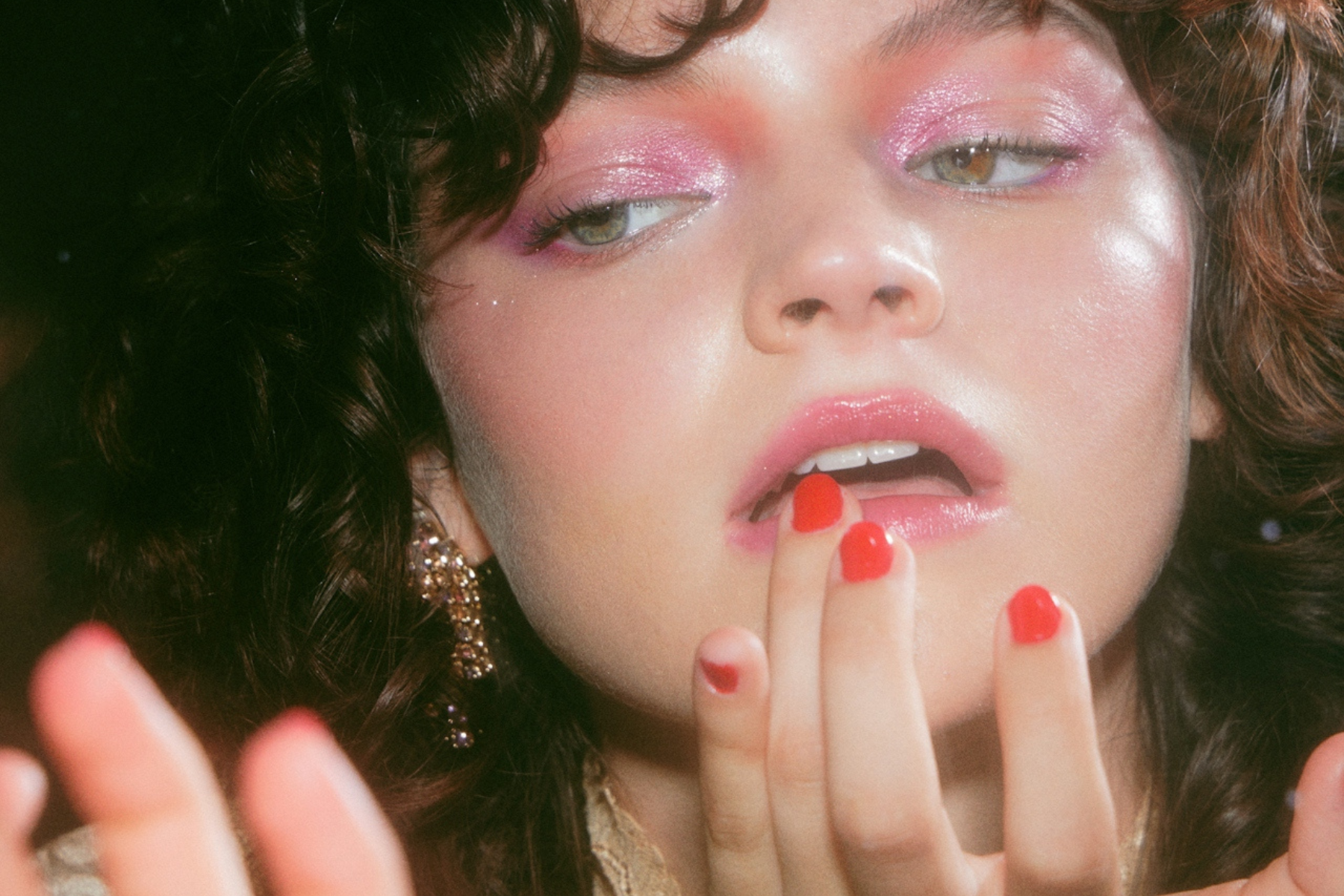Note on Confidentiality:
This case study has been adapted to protect the intellectual property of our client. The brand name has been changed to ColorSync, and some identifying details have been modified in accordance with a non-disclosure agreement (NDA).
Client Overview:
- Industry: Beauty & Lifestyle
- Niche: Beauty Tech, Nail Care
- Topic: Beauty Tech Brand Strategy
- Business Type: B2B, B2C
- Scope of Work: Market Research, Brand Strategy, Naming & Trademarking, Industrial Design Insights, Brand Identity, 3D Marketing Assets, Investor Pitch Development
ColorSync, a beauty tech startup in the nail care industry, developed a groundbreaking color-matching nail polish device capable of creating thousands of custom shades through a patented dispense mechanism. The device pairs with an app, allowing users to mix their perfect nail polish color at home.
Despite its disruptive potential, the brand lacked a Beauty Tech Brand Strategy to effectively position itself in the market and attract investors. Specifically, the brand was struggling with the following issues:
- The product lacked an identity. It had no name, visual identity, or marketing strategy.
- It needed investor funding to move from development to production.
- There was no defined market positioning, making it difficult to communicate its value to consumers and buyers.
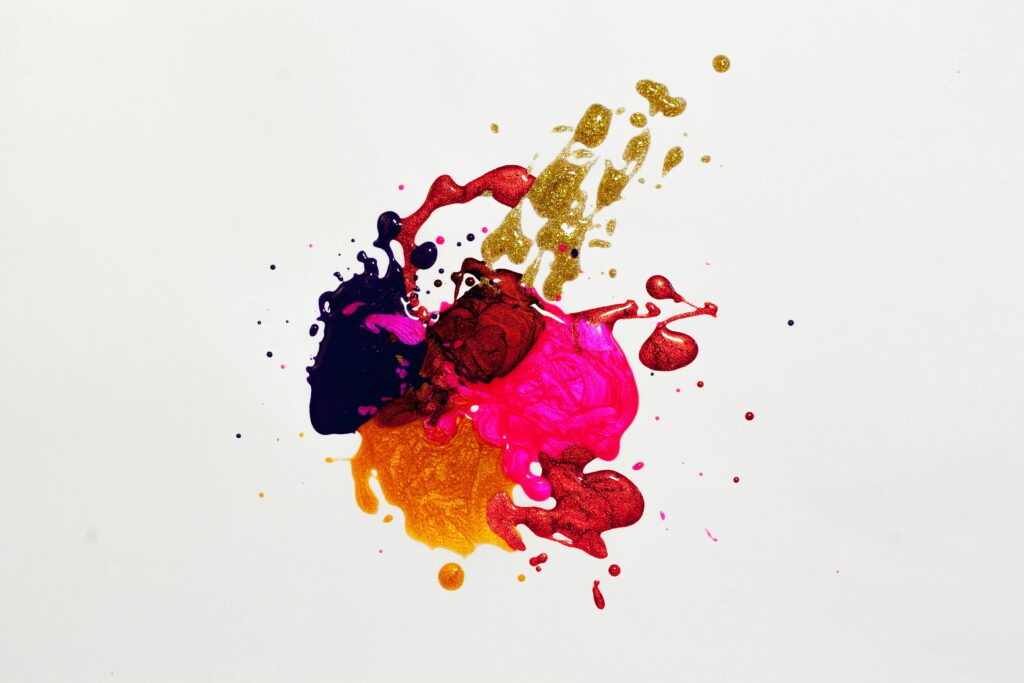
The startup turned to Wild Woman Haus® to:
- Conduct market research to identify a clear niche and competitive advantage.
- Develop the brand strategy to position the device in the saturated beauty market.
- Create a compelling name that was trademarkable and investment-worthy.
- Design a stand-out brand identity that would appeal to both consumers and investors.
- Lead key marketing efforts, including the creation of 3D animated promotional graphics.
- Develop high-impact marketing and pitch materials to secure funding.
p.s. – Read how I secured a private pitch meeting with Ardell’s head buyers during CosmoProf and positioned this brand for success!
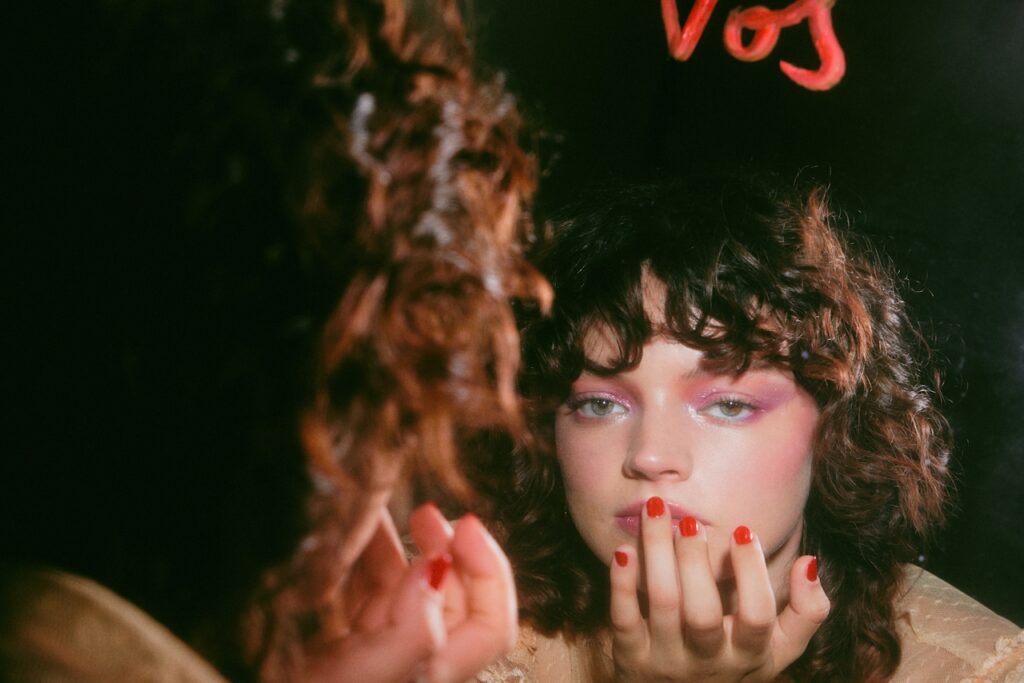
The Challenge: Why a Strong Beauty Tech Brand Strategy Was Essential for Market Success
At the time of engagement, the startup faced several critical roadblocks:
- A lack of brand clarity. While the technology was innovative, the product had no clear market positioning, audience targeting, or competitive differentiation.
- No visual identity. The device was still in prototyping, and the team needed insights on color, shape, and design that would resonate with the target audience.
- Unstructured messaging. The brand needed a compelling, investor-ready pitch to showcase the problem it solved, its market opportunity, and its long-term potential.
- No name. A strong name was crucial—not just for consumer appeal, but for trademarking, brand longevity, and investment potential.
- No physical product for marketing materials. Since the device was still being developed, the brand needed compelling visual aids to demonstrate its features and experience to potential investors and consumers.
The startup needed more than just branding—it needed a go-to-market strategy that would validate its potential to investors, buyers, and consumers alike.
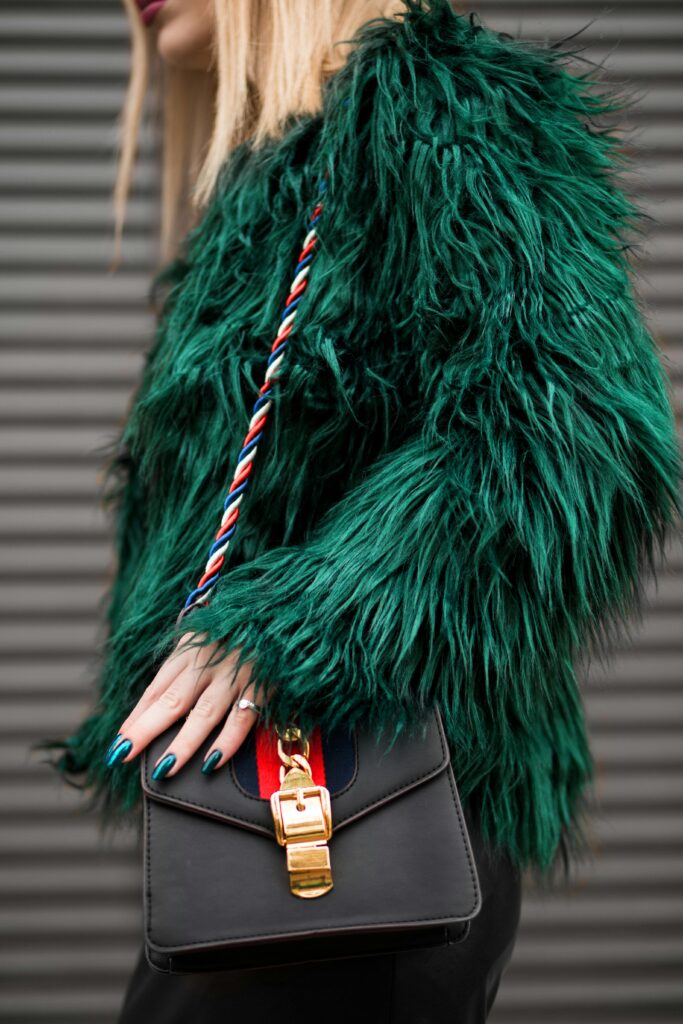
The Wild Woman Haus® Experience:
Phase 1: Market Research and Industry Insights
Before branding the product, we conducted in-depth market research to shape a Beauty Tech Brand Strategy that aligned with industry trends and consumer demand. This research validated the product’s market potential and helped shape the branding and marketing approach.
Key Findings:
- The US nail care market was valued at $1.67 billion in 2024, with steady annual growth.
- Millennials and Gen Z consumers were the largest spending demographics, collectively accounting for over $700 million in annual sales.
- Most nail product consumers own 10 or more polishes, highlighting the demand for variety and customization.
- Self-expression was a primary purchase driver. Consumers viewed nail care as an extension of personal identity.
- Market gap: No major competitors were offering personalized nail color mixing at home, presenting an opportunity for disruption.
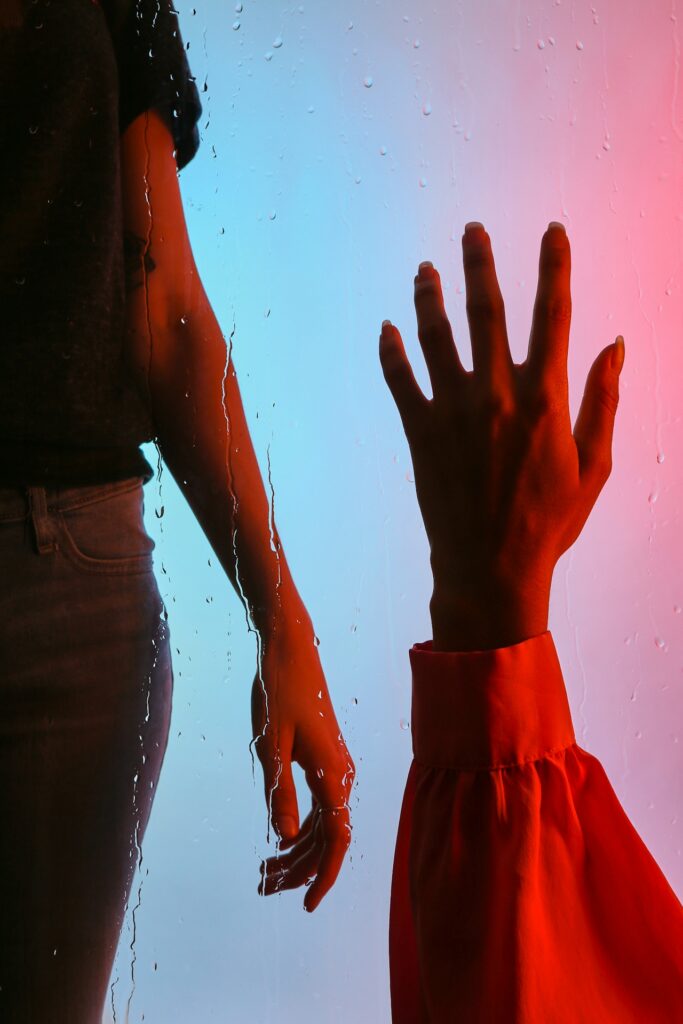
Phase 2: Competitor Analysis and Brand Positioning
Next, we analyzed the competitive landscape to determine the product’s unique selling proposition (USP).
- Competitors: Major beauty brands like OPI, Sally Hansen, and Essie dominated retail nail polish sales, but none offered DIY color customization.
- Adjacent category insights: High-end custom beauty devices, like YSL Rouge Sur Mesure ($299), demonstrated that personalization-driven beauty tech could command premium pricing.
- Consumer pain points: Traditional nail polish users faced limited shade selection, waste from unused colors, and a lack of customization options.
By identifying these gaps, we developed a positioning strategy that established the product as the first custom, app-powered nail color mixing device designed for beauty enthusiasts who prioritize self-expression and convenience.
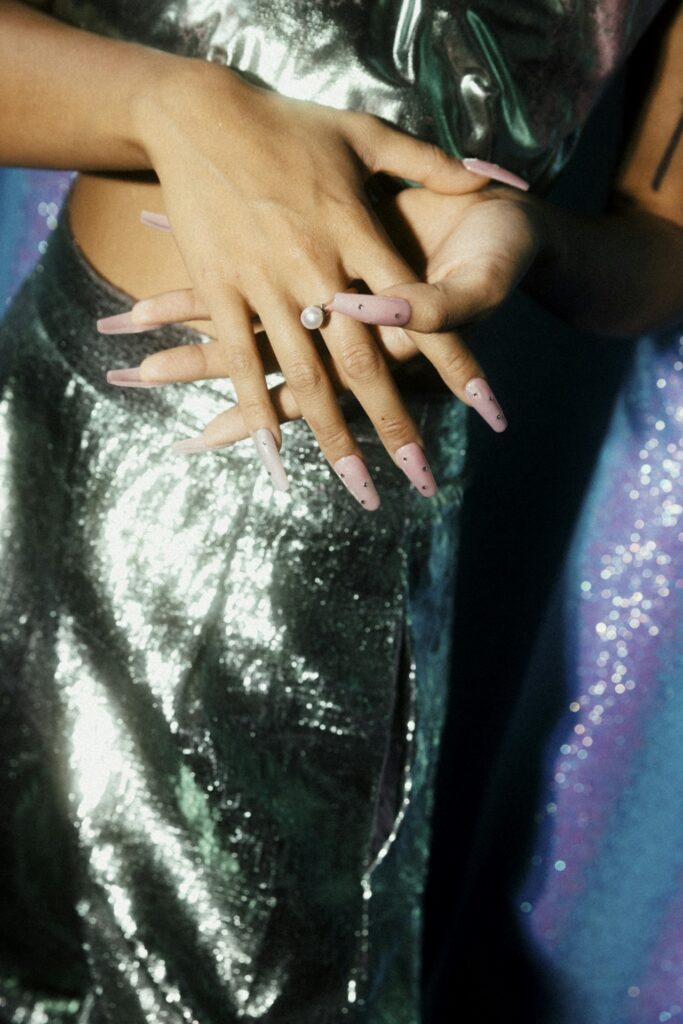
Phase 3: Naming & Trademarking—A Key Step in Beauty Tech Brand Strategy
A strong brand name was critical for:
- Attracting investors and making the product more fundable.
- Creating a clear market identity for consumers.
- Securing a trademark for long-term brand protection.
Through an iterative naming process, we developed ColorSync, a name that:
- Reflected the innovation of the product.
- Was distinct and legally trademarkable.
- Had strong consumer appeal in the beauty space.
The final name successfully positioned the brand as a high-value, investment-worthy asset, increasing its monetization potential for future acquisition or expansion.
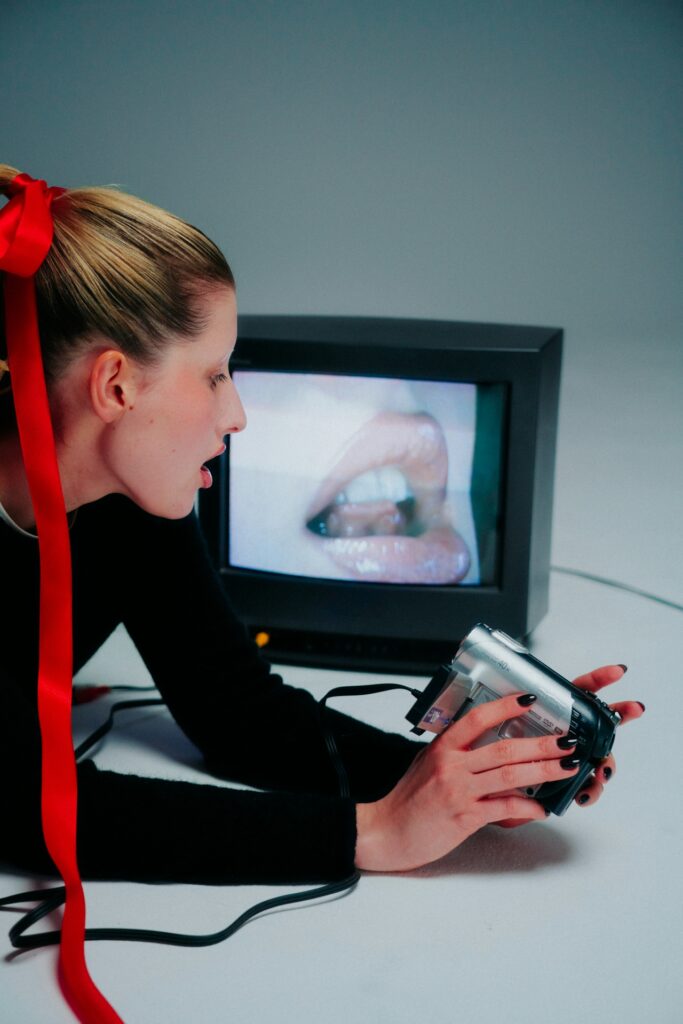
Phase 4: Industrial Design Insights
With consumer research and product comparison, we guided the team in finalizing the device’s exterior design, shape, and color. These refinements ensured the device would stand out on shelves and in marketing visuals.
Key insights that shaped the final product:
- Sleek, minimalist aesthetics signaled high quality and tech-forward innovation.
- Soft, neutral tones with metallic accents aligned with luxury beauty trends.
- A compact, ergonomic shape optimized for ease of use and display appeal.
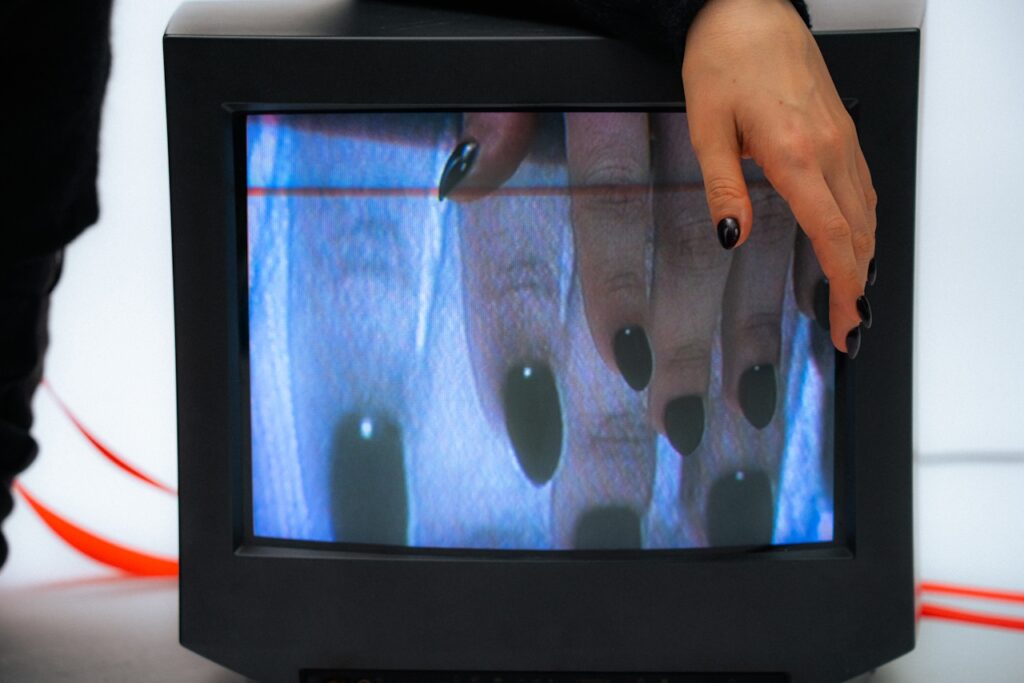
Phase 5: Brand Identity and Creative Direction
To create a compelling visual presence, we developed a high-impact brand identity that:
- Captured the brand’s futuristic, customizable nature.
- Appealed to beauty and tech-savvy consumers.
- Translated seamlessly across digital, retail, and investor materials.
Deliverables included:
- Logo and color palette
- Typography and visual language
- Investor pitch deck design
- Preliminary marketing concepts for consumer engagement
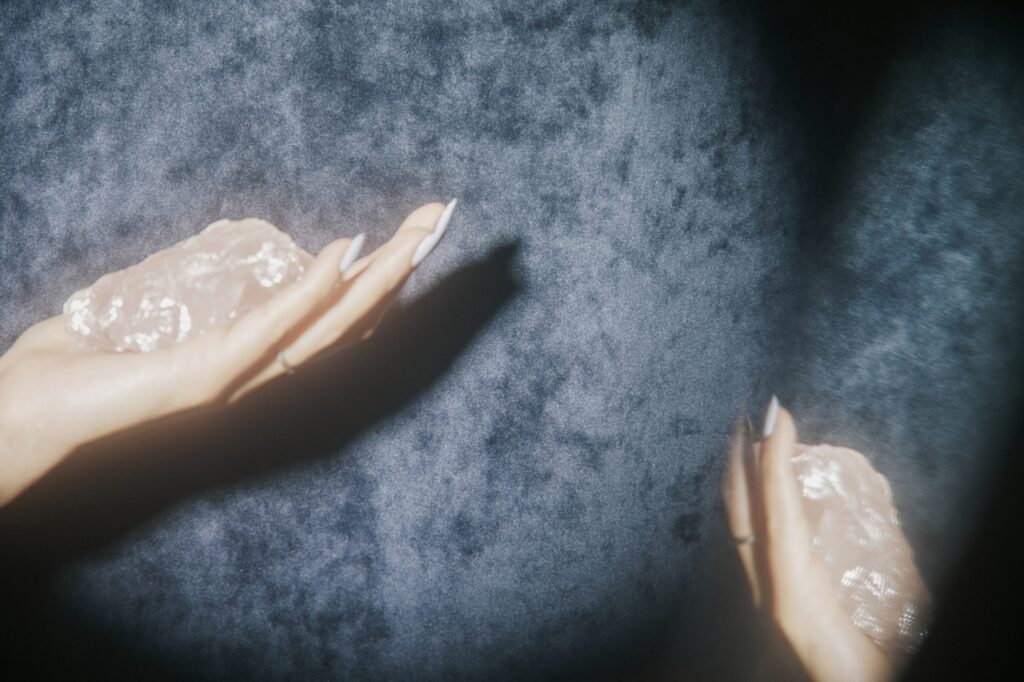
Phase 6: 3D Animated Marketing Materials
Since the product was still in development, we leveraged high-quality 3D animation as part of the Beauty Tech Brand Strategy to visually demonstrate its unique features. Traditional photography and video marketing were not viable options. To address this, we led key marketing efforts by collaborating with Fuse Animation, a 3D animation studio with over 25 years of experience, to:
- Design promotional 3D animated graphics that showcased the device’s core functionality.
- Develop a compelling visual demonstration of the product’s end-user experience.
- Create high-quality assets for use across social media, investor presentations, and trade shows.
These animations provided a clear, visually engaging way to communicate the device’s purpose, features, and benefits before it was physically available.

Phase 7: Investor-Ready Pitch Development
Securing funding was a top priority, so we crafted a high-impact pitch deck that:
- Defined the brand’s unique market position.
- Presented a compelling problem-solution narrative.
- Showcased financial projections and revenue potential.
- Highlighted competitive advantages and IP protection.

The Transformation & Results: How a Beauty Tech Brand Strategy Secured Investor Interest
With our strategic guidance, the startup was able to:
- Finalize the shape, form, and color of the device based on consumer research.
- Trademark a compelling, high-value brand name to increase monetization potential.
- Create a high-impact brand identity that resonated with both investors and consumers.
- Develop an investor-ready pitch deck that positioned the product for funding success.
- Produce high-quality 3D animated visuals that effectively showcased the product before it was available.
- Secure investor and buyer meetings with companies such as Ella + Mia, Ardell, and more!
This ensured the startup had all the tools needed to secure investment, build brand recognition, and enter the market with confidence.
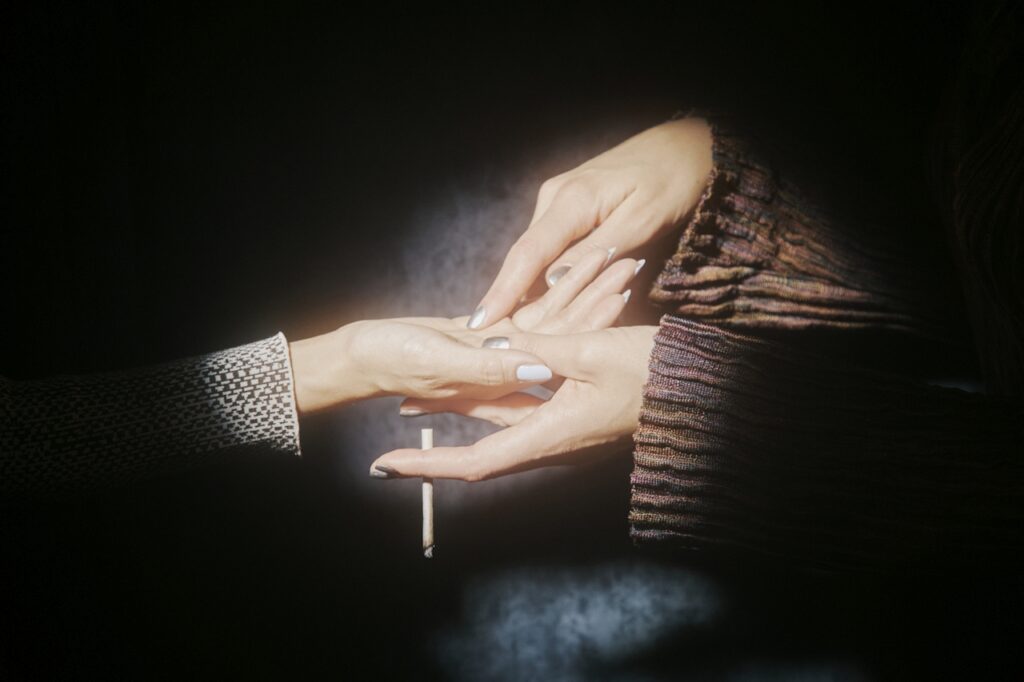
Looking to Transform Your Innovation into a Marketable Brand?
If you have a disruptive beauty, wellness, or lifestyle product that needs market validation, branding, and investment appeal, we can help.
Book a complimentary 30-minute call with our founder and lead brand strategist, Tristan Thibodeau, to explore how we can refine your product’s market positioning and maximize its potential.
Meet the Team Behind This Transformation
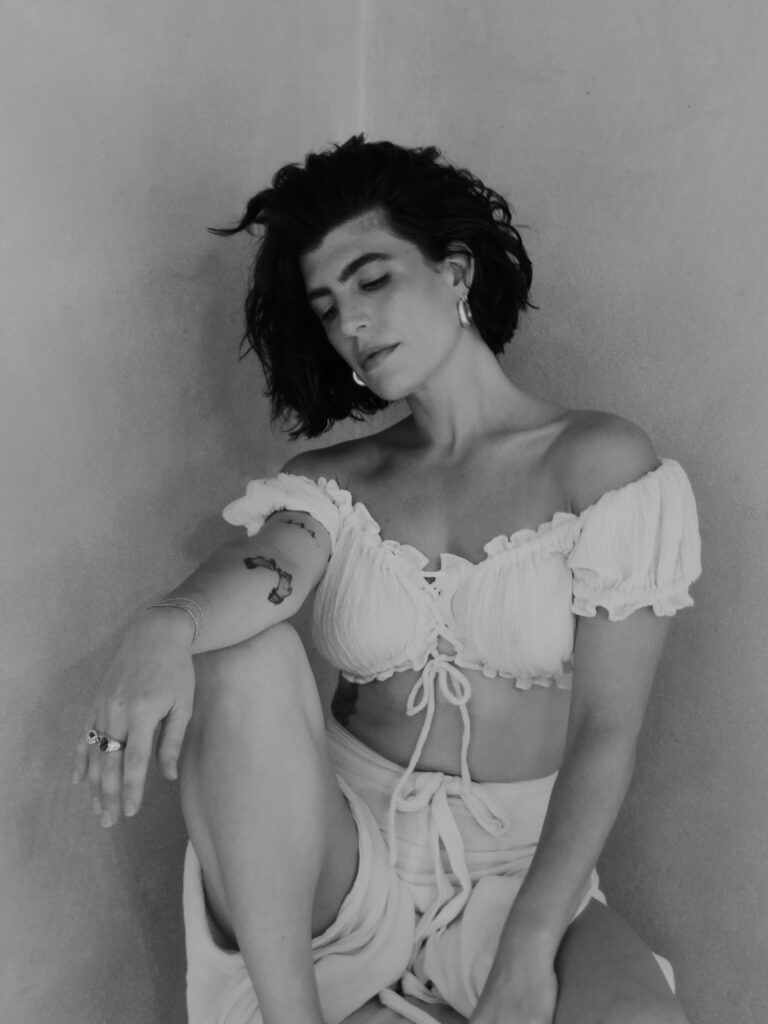
Tristan Thibodeau – Brand Strategist
Founder of Wild Woman Haus®, Tristan specializes in strategic brand development for wellness, beauty, and health entrepreneurs. She helps brands clarify their positioning, refine their messaging, and create sustainable growth strategies. She also hosts The Wild Woman Hotline podcast, featuring expert-level conversations on brand strategy.

Mio Frye – Brand & Web Designer
Founder of The Indigo District, Mio Frye is a visual designer specializing in brand identity, website design, and custom user experiences. She crafts brands that leave a lasting impression and create meaningful connections with their audience.
